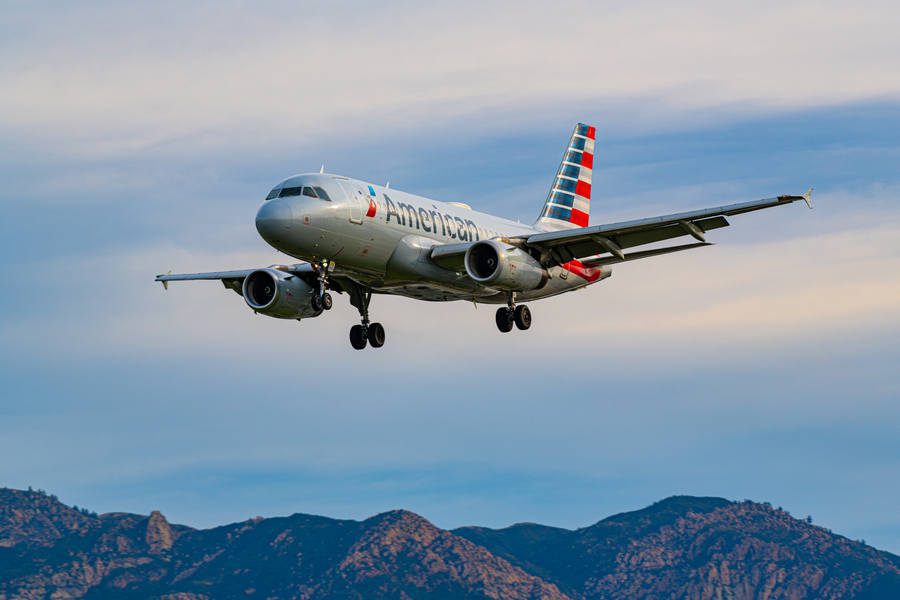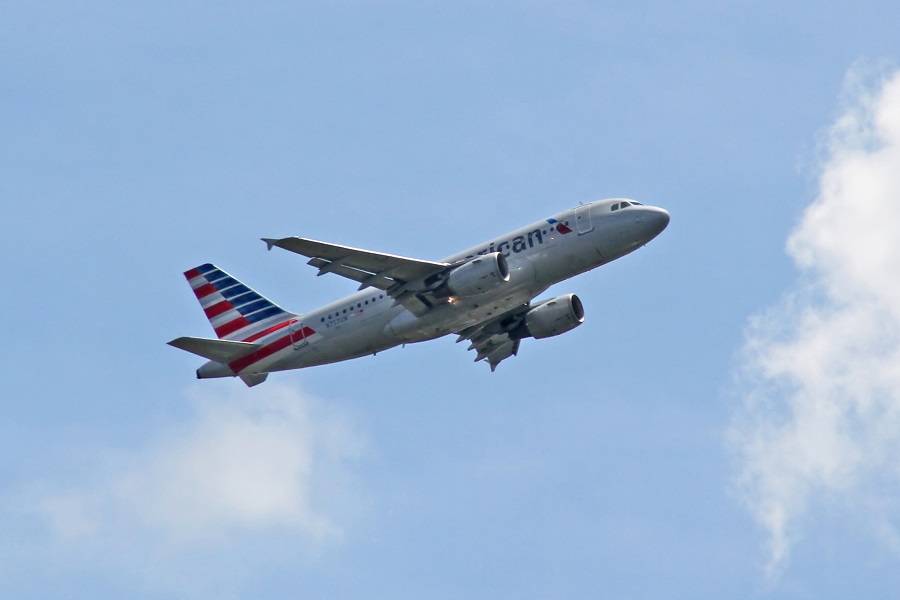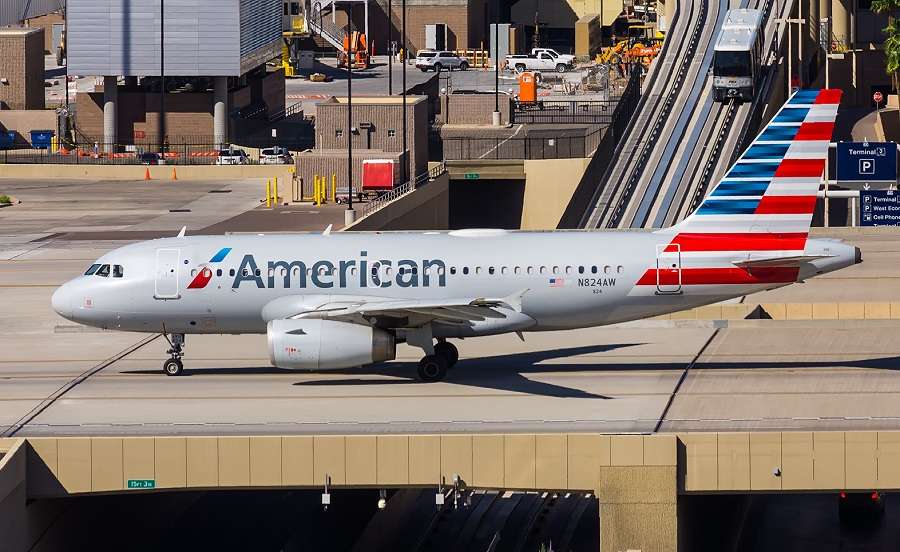An American Airlines crew performed a very late go-around at Dallas Fort Worth, nearly landing their A319 on a runway undergoing inspection.
The incident happened on the 28th of August this year. It involved American Airlines flight AA-1892, from Boise (KBOI) in Idaho to Dallas Fort Worth (KDFW), Texas, United States. ATC cleared the flight to land visually on runway 18R. It is not clear at this time if this is the runway the crew expected originally.

The American Airlines A319 crew acknowledged their clearance but appeared to line up with runway 18L. On that day, DFW was using this runway for departures. However, at that particular moment, they had closed this runway, temporarily. This was because of a suspected bird strike. So a ground crew was inspecting the runway, looking for remnants of a bird.
The tower controller informed departing aircraft that there would be a short delay, because of this runway inspection on 18L. They made this call after the American Airlines A319 crew had switched to their frequency. The controller then saw that the landing flight was lined up for 18L. He then said: “American 1892 just verify you’re correcting for 18R.”

American Airlines A319 Not Going Around
Now on final for 18L, the American Airlines crew responded with “Yes that’s affirm, American 1892”. 18L and 18R are about 1,200 feet (366 metres) apart. But the aircraft did not appear to change trajectory. So after seeing this, the controller instructed the crew to go around. However, they did not respond.
The same controller instructed flight AA1892 to go around two more times, using an increasingly urgent tone. Then at an altitude of 700 feet AGL, the American Airlines A319 crew eventually acknowledged and initiated a go-around. The flight subsequently climbed to 4,000 feet.

When approach (a different controller) queried them about the go-around, the crew responded that they had been on the wrong runway. The flight eventually made an ILS approach to runway 13R, landing safely. The controller did instruct the crew to contact the tower, with regards to a possible pilot deviation.
This was an Airbus A319-132, with tail number N836AW. The original operator of this A319 was US Airways before American Airlines absorbed them. It’s a 16-year-old aircraft. After the incident, the aircraft continued with its scheduled flights, as normal.



